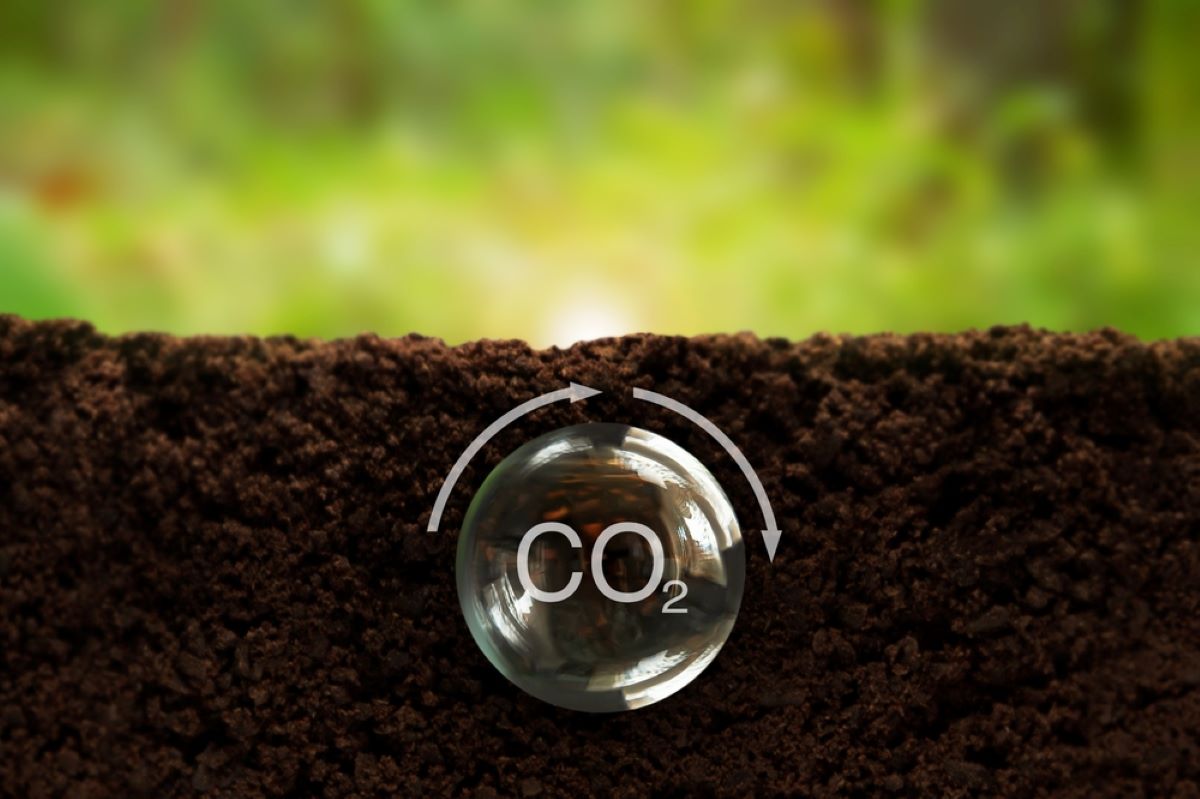ADNOC Gas announced its decision to develop the Habshan carbon capture, utilization and storage (CCUS) project. The project can annually capture and permanently store TO (CO2) deep underground.
ADNOC seeks to connect all sources of emissions and sequestration sites to accelerate the company’s and UAE’s decarbonization goals.
This brings ADNOC’s carbon capture capacity to 2.3 mtpa, akin to 500,000 fewer gasoline-powered cars on roads each year.
ADNOC recently announced its net zero targets by 2045 which constitute part of the company’s initial $15 billion decarbonization investment in low-carbon solutions.
Read: ADNOC accelerates decarbonization plan to bring forward net zero ambition to 2045
Musabbeh Al Kaabi, ADNOC Executive Director of Low Carbon Solutions and International Growth, said: “It is our intention to make further investments to significantly reduce our emissions.” He added that this includes carbon capture and storage, and push the boundaries of innovation and technology.
ADNOC’s sustainability efforts include building a global hydrogen value chain, deploying innovative climate technology solutions, and advancing nature-based solutions such as planting mangroves in the UAE.
ADNOC currently acquires 100% of its grid power from the Emirates Water and Electricity Company’s (EWEC) nuclear and solar sources. This makes the company the first major oil and gas company in the world to decarbonize its power at scale.
UAE efforts to reduce fossil fuels
The UAE has taken a step towards stronger targets for the phase-out of fossil fuels, however, these will strictly apply to those produced without capturing emissions.
The government plans to phase out fossil fuels produced without emissions capture by 2050. The UAE has also set targets to triple renewable energy capacity and double energy efficiency by 2030.
For more sustainability stories, click here.








